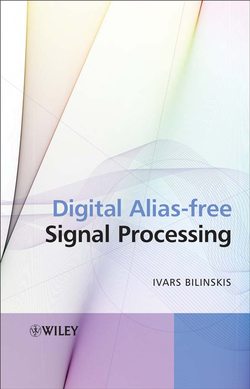Описание книги
As demand for applications working in extended frequency ranges increases, classical Digital signal processing (DSP) techniques, not protected against aliasing, are becoming less effective. Digital alias-free signal processing (DASP) is a technique for overcoming the problems of aliasing at extended frequency ranges. Based on non-uniform or randomised sampling techniques and the development of novel algorithms, it creates the capacity to suppress potential aliasing crucial for high frequency applications and to reduce the complexity of designs. This book provides practical and comprehensive coverage of the theory and techniques behind alias-free digital signal processing. Key features: Analyses issues of sampling, randomised and pseudo-randomised quantisation and direct and indirectly randomised sampling. Examines periodic and hybrid sampling, including information on processing algorithms and potential limitations imposed by signal dynamics. Sets out leading methods and techniques for complexity reduced designs, in particular designs of large aperture sensor arrays, massive data acquisition and compression from a number of signal sources and complexity-reduced processing of non-uniform data. Presents examples of engineering applications using these techniques including spectrum analysis, waveform reconstruction and the estimation of various parameters, emphasising the importance of the technique for developing new technologies. Links DASP and traditional technologies by mapping them into embedded systems with standard inputs and outputs. Digital Alias-free Signal Processing is ideal for practising engineers and researchers working on the development of digital signal processing applications at extended frequencies. It is also a valuable reference for electrical and computer engineering graduates taking courses in signal processing or digital signal processing.
